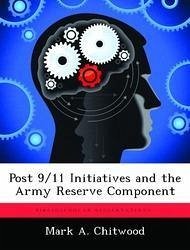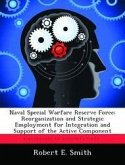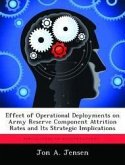The US Army Reserve Component (RC), consisting of both the Army National Guard (ARNG) and United States Army Reserve (USAR), has evolved significantly in the wake of 9/11. More specifically, the Army RC has transformed from a strategic to an operational reserve in order to support sustained deployments. Three significant initiatives have directly impacted the Army RC as it reorganizes into an operational force: modular brigade design and employment, standardized Army force generation (ARFORGEN) and increased emphasis towards providing civil support to the homeland. These initiatives provide the foundation for this thesis as the author reviews the impact they have had on the Army RC. This thesis explores three distinct courses of action (COAs) for Army RC force structure based on the 2015 modular force structure design. The author concludes that conditions have been met to fully integrate the USAR into the ARNG and proposes a force structure design to facilitate the integration saving money and manpower while enhancing capabilities for both homeland security and defense.
Hinweis: Dieser Artikel kann nur an eine deutsche Lieferadresse ausgeliefert werden.
Hinweis: Dieser Artikel kann nur an eine deutsche Lieferadresse ausgeliefert werden.








